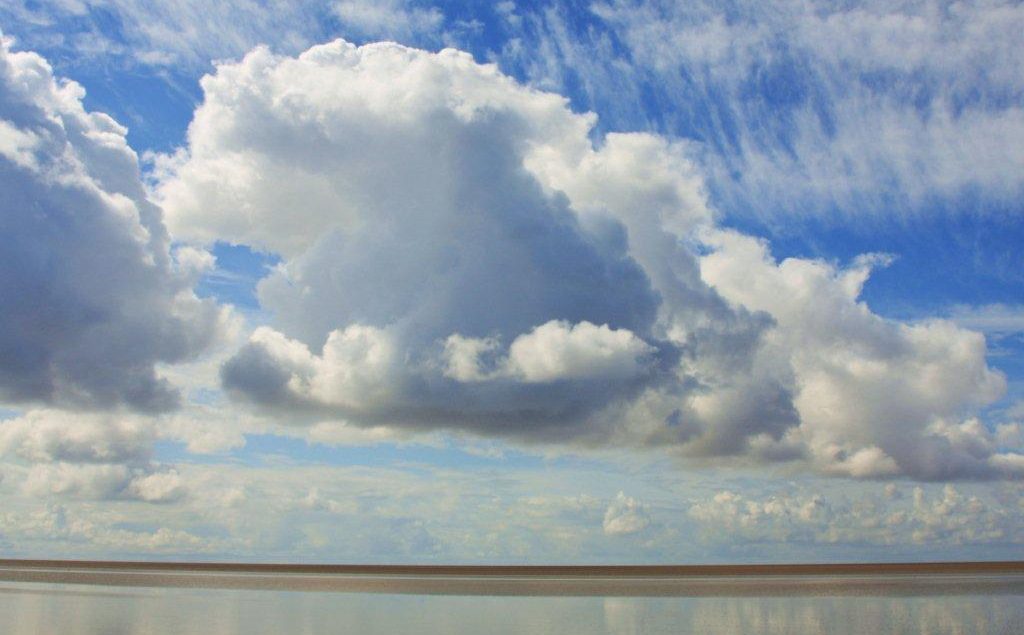
EXISTING BETWEEN
Writer, Daisy Hildyard in conversation with microbiologist, Karen Lloyd.
Writer, Daisy Hildyard speaks with marine microbiologist, Karen Lloyd about 100-million-year-old microbes, that breathe and excrete minerals. From the small town of Ny Ålesund, Svalbard, Lloyd describes her explorations into the permafrost sub surface – where she extracts living microbes that have not interacted with the surface for at least 10,000 years – and questions the possible importance of the individual microbe within its community. Considering time as a malleable resource, they discuss the possibilities of differing perceptions of time, space and motion on different lifespan scales: from the human and the 100-million-year-old microbe. Interwoven with readings from Hildyard’s book, The Second Body, the conversation bridges possibilities of dialogue, connections and the refusal of rules between the organic and the non-organic, the living and the non-living

